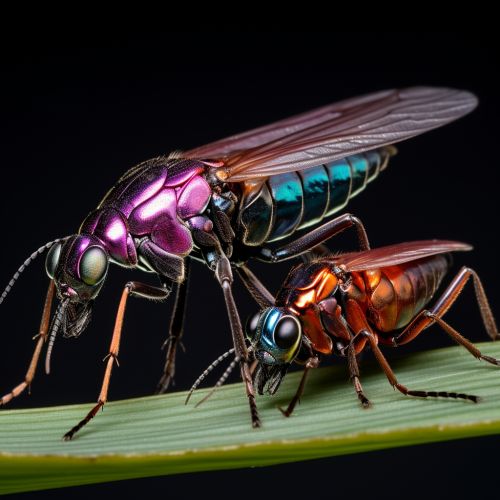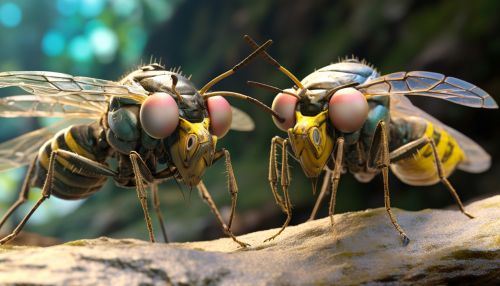Cryptic Species and Biodiversity Assessment
Introduction
Cryptic species are groups of organisms that are genetically distinct but morphologically similar, making them difficult to distinguish from one another. These species have been a subject of interest in the field of biodiversity assessment, as their existence can significantly impact our understanding of biodiversity. This article delves into the concept of cryptic species, their role in biodiversity assessment, and the methods used to identify them.


Understanding Cryptic Species
Cryptic species are a subset of biological species that are indistinguishable from each other based on their physical characteristics. They are typically identified through genetic analysis, which reveals significant genetic divergence between the species. The existence of cryptic species challenges traditional methods of species identification, which often rely on morphological characteristics.
Cryptic species can be found in various taxonomic groups, including insects, birds, mammals, and plants. They are particularly common in invertebrates, where morphological differences between species may be minimal. The discovery of cryptic species can have significant implications for conservation efforts, as it may reveal previously unrecognized biodiversity.
Cryptic Species and Biodiversity Assessment
Biodiversity assessment is a scientific process used to measure the variety and variability of life forms in a given area. The presence of cryptic species can greatly influence these assessments. For example, an area may appear to have low biodiversity based on morphological identification methods, but genetic analysis may reveal a high number of cryptic species, indicating greater biodiversity than initially thought.
Furthermore, cryptic species can impact our understanding of ecosystem dynamics. For instance, two cryptic species may play different roles in their ecosystem, despite their morphological similarity. Misidentifying these species could lead to an inaccurate understanding of ecosystem functions.
Identification of Cryptic Species
The identification of cryptic species typically involves genetic analysis. Molecular phylogenetics, a field that uses molecular sequences to understand evolutionary relationships, is often used to identify cryptic species. Techniques such as DNA barcoding and genetic sequencing can reveal genetic differences between species that appear morphologically identical.
In addition to genetic analysis, ecological and behavioral data can also be used to identify cryptic species. For example, two morphologically identical species may have different mating behaviors or occupy different ecological niches, suggesting that they are separate species.
Challenges in Studying Cryptic Species
Studying cryptic species presents several challenges. First, their morphological similarity makes them difficult to distinguish without genetic analysis, which can be time-consuming and expensive. Second, cryptic species may have overlapping ranges, making it difficult to determine which species an individual belongs to based on location alone. Finally, cryptic species may hybridize, further complicating their identification.
Despite these challenges, the study of cryptic species is crucial for understanding biodiversity. As genetic analysis techniques continue to improve, it is likely that more cryptic species will be discovered, leading to a more accurate understanding of biodiversity.
Implications for Conservation
The existence of cryptic species can have significant implications for conservation. For example, a species that was thought to be widespread may actually be several cryptic species, each with a smaller range. This could mean that what was thought to be a single, secure species is actually several species, each at risk of extinction.
Furthermore, cryptic species may play unique roles in their ecosystems. Protecting these species is therefore crucial for maintaining ecosystem health. However, the cryptic nature of these species can make them difficult to protect, as they may be overlooked in conservation planning.
